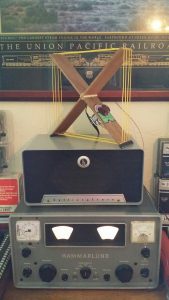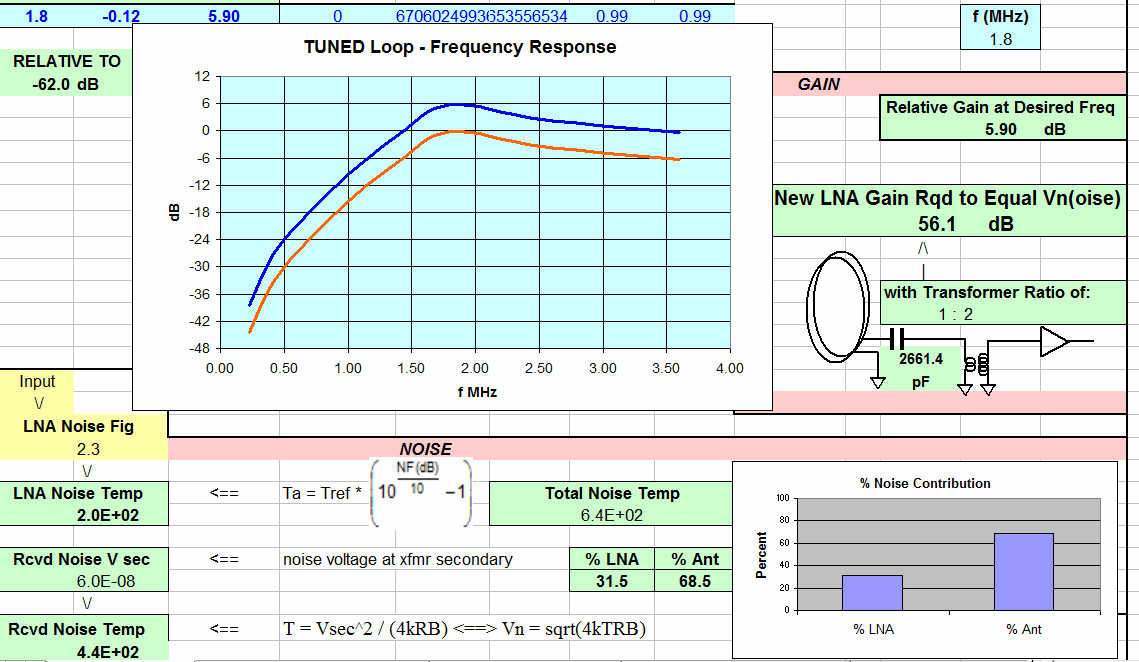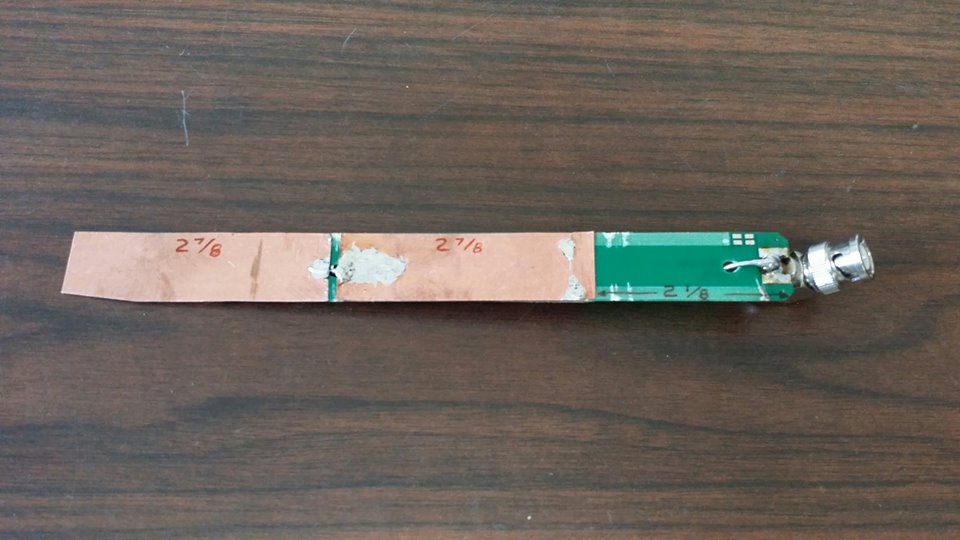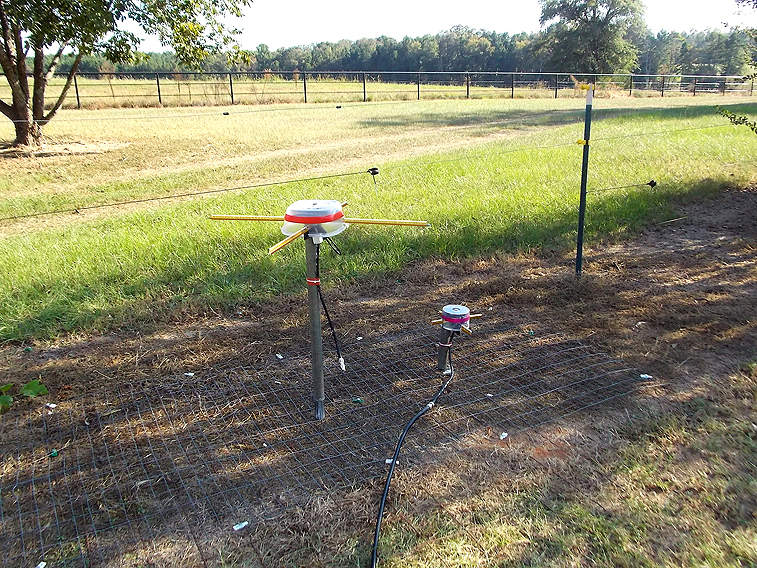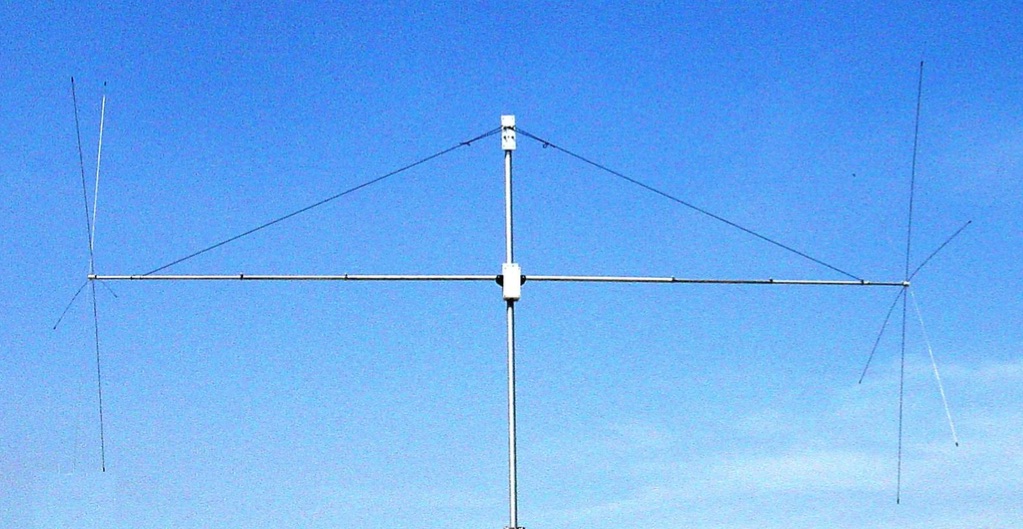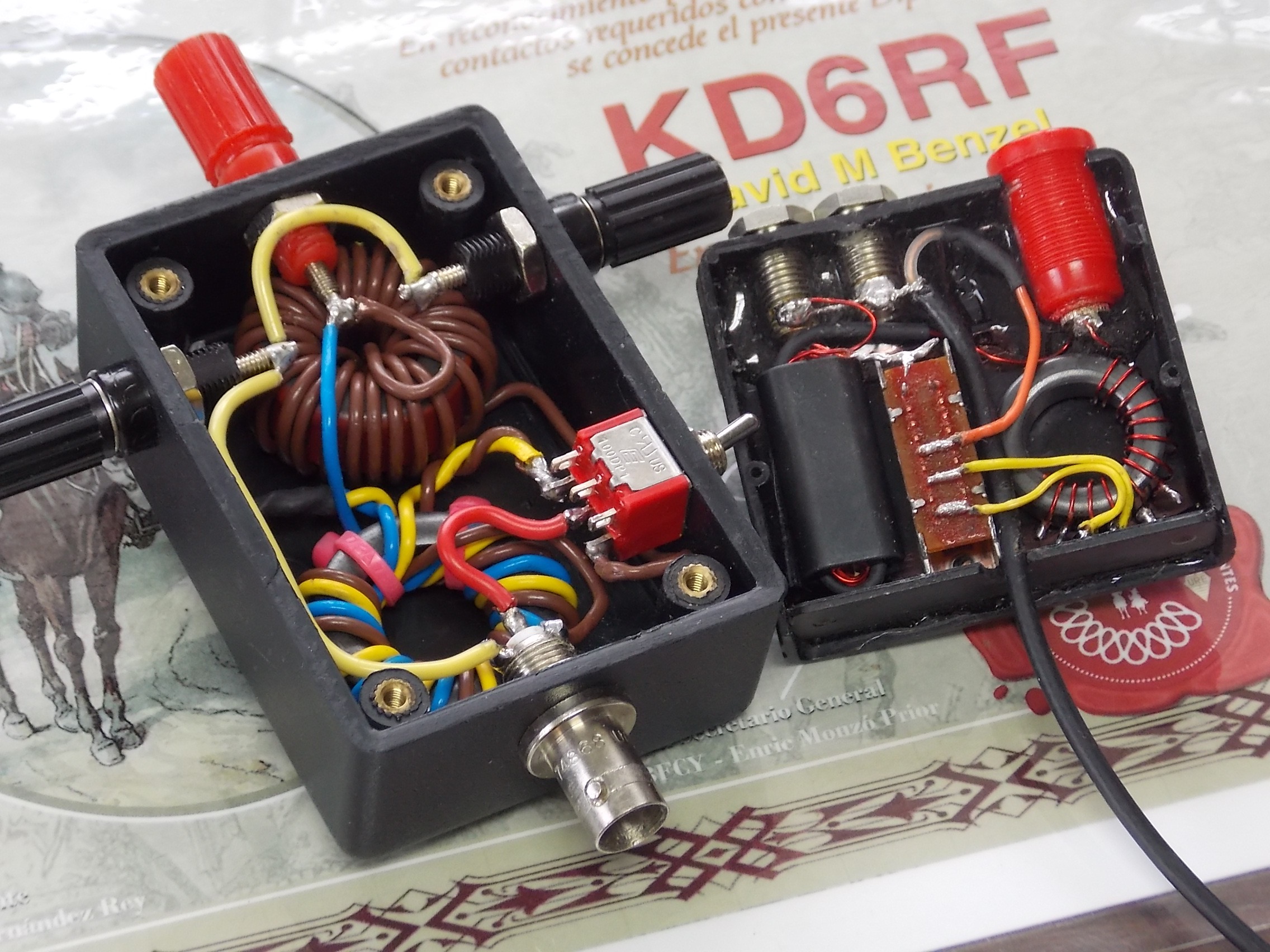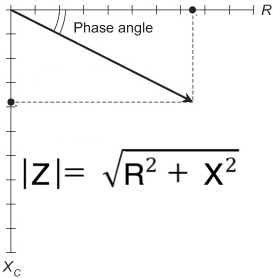A simple transmitter, transmission line, and an “End-Fed” antenna WITHOUT a formal “Counterpoise” – We add a loss-less choke at the feedpoint, tune out it’s inductance with a capacitor, and see why common-mode current on the coax shield is the SAME as without the choke.
From Part 1 and Part 2 of the “Current Flow Fundamentals for an “End-Fed” articles, we saw that common-mode current must always flow on the coax shield when we don’t use a formal counterpoise. And that the value of current on the “counterpoise” is identical to that on the “radiator” at the feedpoint.
In Part 3 we saw that it doesn’t matter what loss-less device(s) we put at the feedpoint – when we re-adjust our transmitter or tuner the SAME current flows common-mode on the shield as before.

Continue reading Current Flow Example for an “End-Fed” Antenna with a Loss-Less Choke
6,008 total views, no views today
Please follow and like us:
